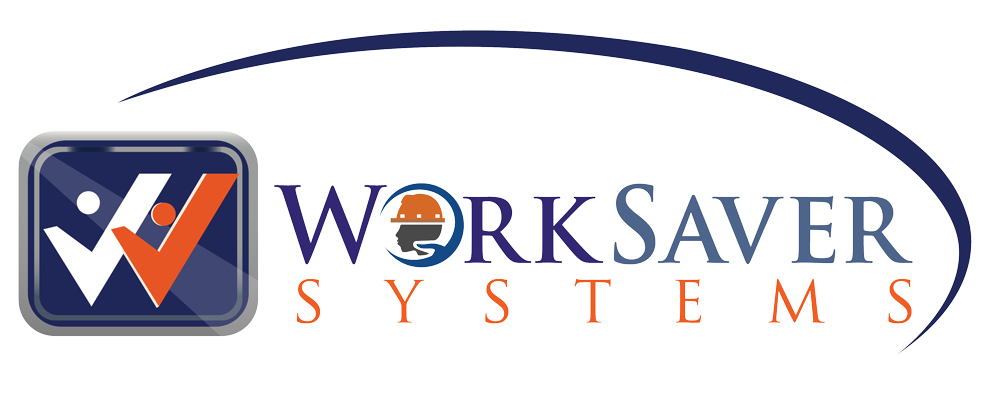One of the Most Dangerous Work Postures
By Richard Bunch, PhD, PT, CBES and Trevor Bardarson, PT, OCS, CBES

For many years now we have lectured nationally about the harmful effects of non-neutral neck postures. When the head is flexed forward, the weight of the head creates more leverage force at the base of the neck than if the head and neck are held more erect. Holding the head forward of the body activates the neck extensors (erector spinae, semispinalis capitis and cervicis, and splenius capitus) which in turn create a greater force of contraction and increased compression of lower cervical discs. Over time this can lead to disc herniations, most common in the lower neck, namely at the C5-6 and C6-7 levels.
Even more stressful than simple neck flexion is the combined forward head and bifocal posture (i.e., the head and neck posture that occurs when the head is positioned forward and extended on the neck with the chin titled upward as if looking through the lower lens of bifocal). Sitting at a computer, the “bifocal” posture is made worse by simultaneously sitting slumped with the head thrust forward. So, to be clear, one does not need to wear bifocals to assume a “bifocal” type posture. All one has to do to experience this stressful posture is to simply sit slumped with the head forward of the body and the chin tilted up as occurs when looking at a computer monitor. The slumped seated posture will also stress the lower back. However, the danger as it relates to the neck with this posture is that neck extension creates excessive compression on the posterior cervical facet joints. This can lead to degenerative arthritis with bone spurs. In addition, this posture increases lower cervical disc compression that can lead to a herniation. Boney compression of the vertebral arteries at the base of the skull during this posture is also potentially problematic as well. Clinical correlates to vertebral artery problems based on posture, although rare, can be found with “beauty parlor” and the “bow hunter” vertebral artery tears. Both can be googled to learn more about how these two types of rare conditions have been related to mechanical compression of the vertebral arteries.
Although our focus on the potential harmful effects of forward head posture has been placed mainly on the office worker, it would be remiss not to address this posture where it exists commonly in field work. One of the most common stressful work postures in the field involves reaching out while bending the trunk forward. In the field, the trunk may be flexed forward while standing, squatting or kneeling. Flexing the trunk forward at the waist while simultaneously looking straight ahead or upward and reaching out in front of the body to work with the hands causes significant stress on the lower back, shoulders and neck.

When reaching out with the hands while the trunk is flexed forward (stooped posture), if the worker is looking straight ahead or upward (as while working in a cramped space repairing machinery), the head will be in the classic “bifocal” posture with the chin tilted upward and the head extended on the upper cervical spine. Similar to the office worker sitting slumped with forward head bifocal posture, there will be increased stress on the lower discs of the neck, the facet joints, and the vertebral arteries at the base of the skull. In addition, reaching with the trunk flexed often involves impinging the upper arm (humerus) on the overlying bony hook (acromion) of the scapula (shoulder blade) that becomes rotated downward secondarily to trunk flexion. This shoulder impingement can damage the underlying rotator cuff and subdeltoid bursa. Thus, field workers like mechanics and operators who work in this stressful posture can, over time, experience increased occurrences of degenerative arthritis of the neck (cervical spondylosis), disc herniations in both the lumbar and cervical regions of the spine, nerve root irritations, rotator cuff tears, subacromial bursitis, and potential vertebral artery irritation.
Therefore, it is critical from an ergonomic perspective to conduct observational postural analyses as described by NIOSH (https://www.cdc.gov/niosh/docs/2014-131/pdfs/2014-131.pdf). Help ensure that office workers sit correctly in properly adjusted ergonomic chairs without forward head posture and reaching. This can be facilitated by ensuring that the computer monitor is located within the focal range, and that the position the keyboard and mouse are close enough to the body to avoid reaching. However, it is not sufficient to just set someone up in an ergonomically optimum posture. One must observe and diligently correct slumped postures among the work force on an ongoing basis.
In the field, ergonomic interventions should focus on identifying and correcting work designs that force or facilitate trunk flexed postures, particularly when work requires simultaneous reaching. Remove obstacles that force bending at the waist and reaching while working. Provide knee pads or cushions to kneel on when kneeling will offset or prevent the need to work while standing with the back flexed. In addition, have workers perform postural relief exercises for the back, neck and shoulders to help offset poor postures that are not avoidable.
References:
Bunch, R., Bardarson, T., Neck Pain and Strokes Related to Bifocals and Computers – Method of Prevention by the Safety Professional; Proceedings, ASSE 2005 Professional Development Conference
Greene, D. P., & Roberts, S. L. (2005). Kinesiology: Movement in the Context of Activity. 2nd Edition. St. Louis: Elsevier Mosby.

